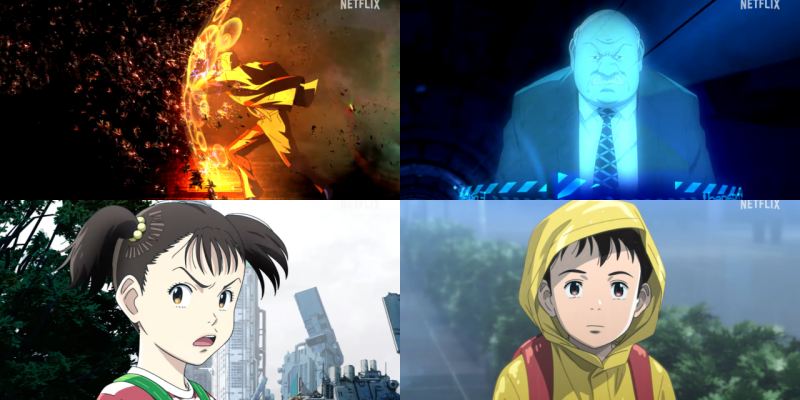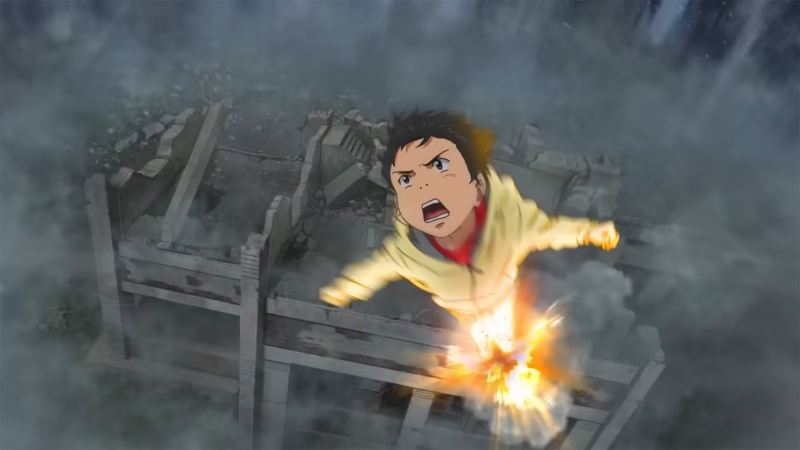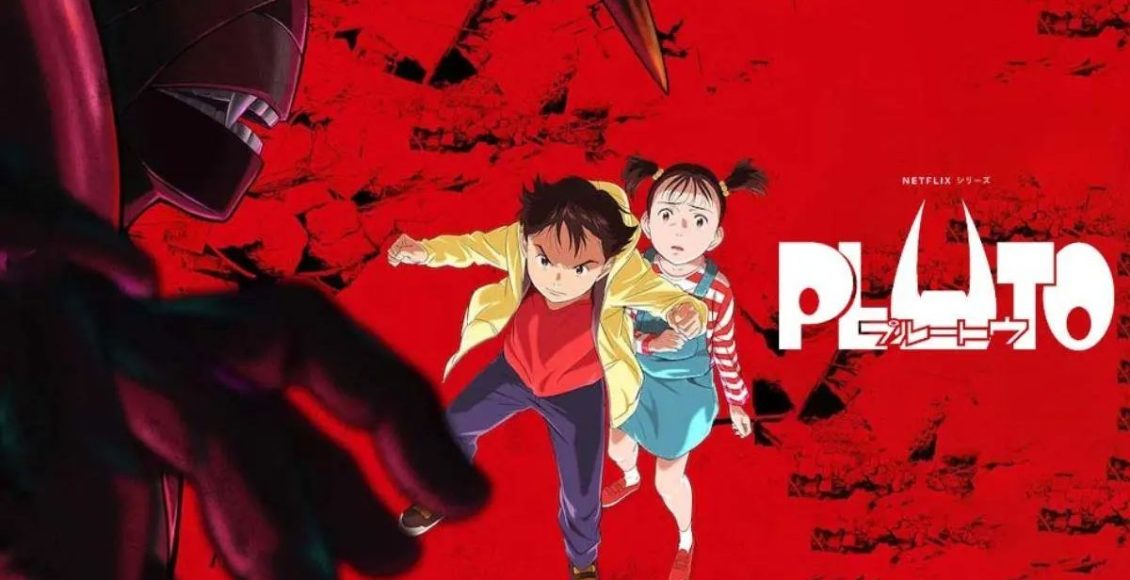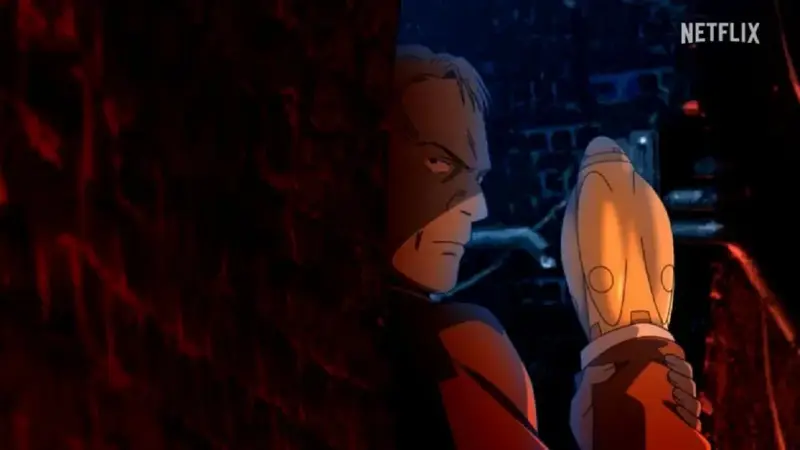[PLUTO Review Netflix] An anime that faithfully and profoundly adapts the story from the manga.
PLUTO
Summary
In summary, this is a remarkable adaptation of a legendary manga into an anime series that remains faithful to the source material and maintains a substantial length. The story delves deep into the psyches of both human and android characters in a complex sci-fi world. It combines investigative scenes with action sequences, providing an engaging viewing experience throughout the series. However, it’s not a full-blown action series. This might not be suitable for viewers seeking it. Additionally, due to the complexity of the storyline, it may not be suitable for those looking for a casual and easy-watching experience.
Overall
8.5/10User Review
( votes)Pros
- Based on the renowned manga by Naoki Urasawa and Osamu Tezuka.
- A deep exploration of the human psyche and behavior in relation to androids.
- Incorporates elements from the history of the Iraq War.
- High-quality animation work.
Cons
- Limited action scenes robot battles.
- The complex storyline may require a significant amount of understanding.
ADBRO
“PLUTO” An animated sci-fi series from Netflix Japan, consisting of 8 episodes, is based on the popular manga by Naoki Urasawa. It unfolds a murder mystery in a peaceful world where robots cannot harm humans. European robot detectives are called in to solve the case, but the mystery deepens when they find no human trace at the crime scene. The more they seek the truth, the more they uncover the darkest and most sinister hatred in history, which could lead to the destruction of the entire world.
PLUTO Review Netflix (No Spoilers)
The anime is from the renowned author Naoki Urasawa, the creator of “20th Century Boys ,” which revolves around a secret organization of children linked to a world-dominating conspiracy and has been adapted into a film. This work, produced between 2003-2009, incorporates a character named Atom from the vintage 1952 manga “Astro Boy” by Osamu Tezuka as one of the main characters.
In this world, robots have seamlessly integrated into human society, and there are global laws governing the rights of robots. The robots in this story possess artificial intelligence that allows them to process emotions almost like humans. However, they are subject to certain rules, such as not being allowed to harm or kill humans without permission, and they cannot lie. These two aspects serve as the starting point for exploring what happens when robots can lie or harm humans.

For viewers familiar with the works of Naoki Urasawa, they will likely understand the style of this story, characterized by complex plots and an emphasis on exploring the human psyche. However, new viewers who are not acquainted with his previous works might find it somewhat confusing because, even though Urasawa fans need to thinking with the psychological themes in the story, this complexity goes even deeper in this narrative. It might bear similarities to certain Western films like “Blade Runner” because Naoki Urasawa adapted some of these ideas, making it seem quite akin. However, when compared, “Pluto” is even more intricate and delves deeper into many issues than the simple question of whether robots are equivalent to humans.
The story takes a deeper dive into a society where robots have seamlessly integrated with humans, and it doesn’t primarily focus on the challenge of discerning whether a character is a robot or a human, as they are often indistinguishable. Instead, it presents the idea of what happens when robots become almost indistinguishable from humans, and the historical events of the past and present play a significant role in the cause and effect of the entire narrative.
The storyline in this futuristic world revolves around the world’s top-level robots, a total of 7, each falling victim to a mysterious serial killer who appears alongside destructive storms to conceal themselves. This anime is not typical robot battle; although there are no direct combat scenes, the plot is thrilling and suspenseful as each of the 7 robots becomes a target in different episodes, often involving human victims.
The narrative gradually unfolds as the mystery behind the enigmatic serial killer is revealed step by step. Viewers are kept engaged as they learn more about the identity of the killer, their appearance, origin, the creator behind them, and the motivation behind the murders. The ultimate secret of the story is the driving force, and viewers receive these revelations progressively, rather than all at once in the final episode, keeping the storyline captivating and worth following throughout.
One of the standout features of this anime is how it gradually introduces each of the 7 robots in great detail, with intricate backstories and connections between some of them. Each robot is a prominent and impactful character in society, and they are all interlinked in some way. These characters serve vital roles in the human world of the story, making their development and backgrounds essential to the plot.
The series delves deep into the personal and family lives of each robot, intertwining these aspects with the complex murder mystery. For example, one of the robots has recurring mysterious nightmares and peculiar memories, while another, Atom, a Japanese robot, has a complex mind created by his maker. Additionally, Atom has a younger sister who can perceive emotions from afar. All of these details are woven together to create a compelling narrative that connects them to the overall mystery, making the story rich and engrossing.
Furthermore, the storyline also incorporates modified elements from the history of the Gulf War. It is presented in a brutal and ruthless robotic war style. Even though the names of the countries involved have been changed, it is still apparent which nation is depicted as the antagonist in the story. Viewers with limited knowledge of this historical context can still grasp the narrative. However, in the end, they might not fully understand what transpired, as the original manga deliberately leaves the conclusion open and doesn’t attempt to provide a clear explanation (though it’s not overly difficult to infer).
In the animation department, this series is a meticulously crafted work, produced by three studios (Genco M2 Tezuka Productions). Each episode has a runtime of up to one hour. The character movements flow seamlessly and the Character art style remains faithful to the original manga without any distortion. It can be described as a Netflix animation masterpiece, earning an A+ grade.
 In summary, this is a remarkable adaptation of a legendary manga into an anime series that remains faithful to the source material and maintains a substantial length. The story delves deep into the psyches of both human and android characters in a complex sci-fi world. It combines investigative scenes with action sequences, providing an engaging viewing experience throughout the series. However, it’s not a full-blown action series. This might not be suitable for viewers seeking it. Additionally, due to the complexity of the storyline, it may not be suitable for those looking for a casual and easy-watching experience.
In summary, this is a remarkable adaptation of a legendary manga into an anime series that remains faithful to the source material and maintains a substantial length. The story delves deep into the psyches of both human and android characters in a complex sci-fi world. It combines investigative scenes with action sequences, providing an engaging viewing experience throughout the series. However, it’s not a full-blown action series. This might not be suitable for viewers seeking it. Additionally, due to the complexity of the storyline, it may not be suitable for those looking for a casual and easy-watching experience.



